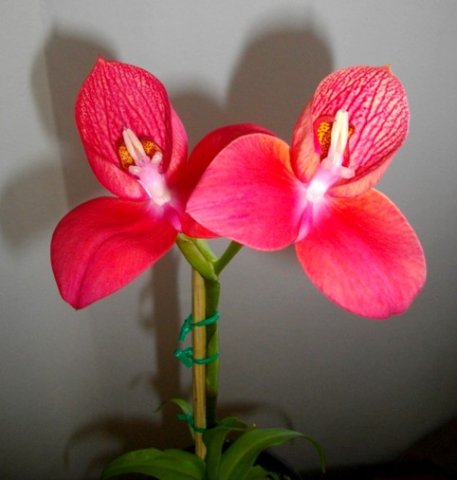Disa uniflora

Author: Ivan Lätti
Photographer: Thabo Maphisa
The pride of the Western Cape! The red disa is endemic to constantly moist montane regions such as stream banks, seeps and damp cliffs of the Cape. Famous among many who may not regard flowers much, this is the answer of Western Province Rugby to the Barberton daisy of Northern Transvaal.
The flower is also the emblem of the Mountain Club of South Africa, an organisation with members rewarded in glimpses of rare flowers for their achievements in walking far. Special among these reward surprises and still growing in natures remote spots, a red disa may appear.
Disa uniflora is evergreen while disas generally are deciduous. A few lance-shaped leaves tapering to acute tips, curve downwards near the base of the flower stem. One or more carmine red, sometimes orange or even yellow flowers, up to 12 cm in diameter, will grow on this stem of up to 60 cm tall. This happens by midsummer to early autumn.
The pale hooded dorsal sepal is streaked with bright red lines that meander vertically, ever so slightly on the inside surface. The more uniformly coloured outer surface is visible from the front on the lower margins, where the hood curves inwards. The hood has a wedge-shaped spur at its back. The iconic triangular flower shape is completed by the two red lateral tepals, rounded in characteristic shape to tips that are not much accentuated (www.plantzafrica.com; Manning, 2007).

